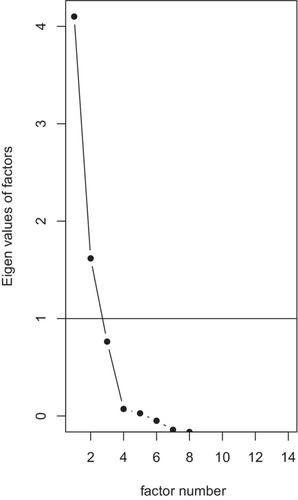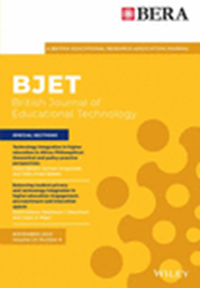Interactivity and identity impact learners' sense of agency in virtual reality field trips
Abstract
Agency, or the capacity to take intentional actions, is considered one of the primary affordances of virtual reality (VR) for learning. VR is expected to increase learners' agency because it allows for full-body interactivity from a first-person perspective, giving them novel ways of interacting with the digital environment. Yet, agency in immersive learning has not been well-studied relative to other affordances like presence, and more evidence is needed to understand how varied media and designs heighten or diminish agency. This mixed-method study addressed this need by developing and validating measures of sense of agency with 30 high school students who used VR field trips in their engineering class over four lessons. By comparing immersive videos to video game-like interactive graphical environments, the study illustrates some of the complexities of agency in VR. The findings indicate agency is not a unidimensional construct nor is it equivalent to full-body interactivity in VR as learners felt some types of agency when using immersive videos. Furthermore, learners' identities moderated associations between the type of VR media and their sense of agency, and agency did not change over time as the novelty of VR waned. These results suggest VR designers should consider varied ways of interacting in VR that are beneficial for learning. They also support the use of immersive videos when the educator's goal is to increase agency over learning or focus, and provide measures and direction for future research to assess the relationship between varied types of agency, features of VR experiences and learning outcomes.
Practitioner notes
What is already known about this topic
- Virtual reality (VR) can enhance learning by giving learners a strong sense of presence in the virtual environment and giving them agency over their learning through novel forms of interactivity.
- Many studies have looked at increasing the learner's presence in VR, but fewer have assessed learners' agency.
- Prior work found the impact of increased interactivity on learning was mixed: sometimes it increased learning outcomes and motivation, other times it did not.
What this paper adds
- This study develops and validates measures of learners' sense of agency within VR learning environments.
- This study finds that more interactivity in VR increases how much agency learners feel over their actions but not necessarily their agency over learning and attention.
- This study also finds variation in students' experiences of agency based on their culturally defined sense of self-construal.
Implications for practice and/or policy
- Practitioners interested in immersive learning technologies should consider the design of the media used rather than focusing only on the device's capability.
- Immersive videos may be effective tools for enhancing student agency, depending on the aims of the learning experience.
- Designers and educators should consider learners' identities such as self-construal, and understand student experiences may vary.





 求助内容:
求助内容: 应助结果提醒方式:
应助结果提醒方式:


